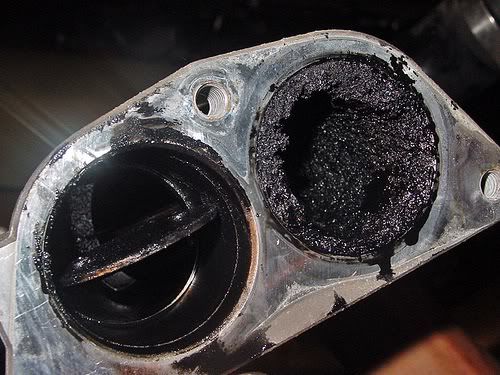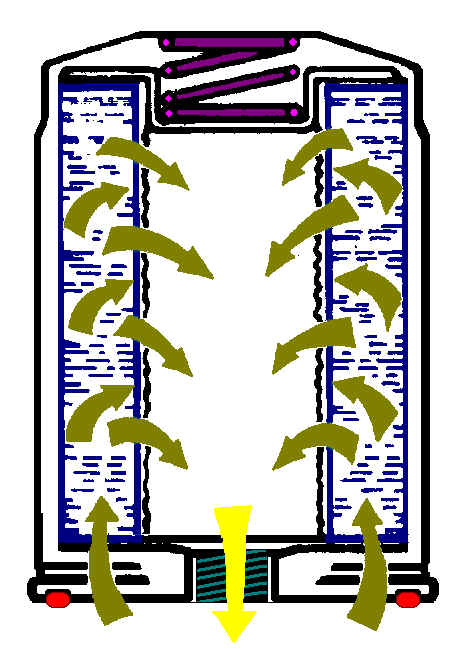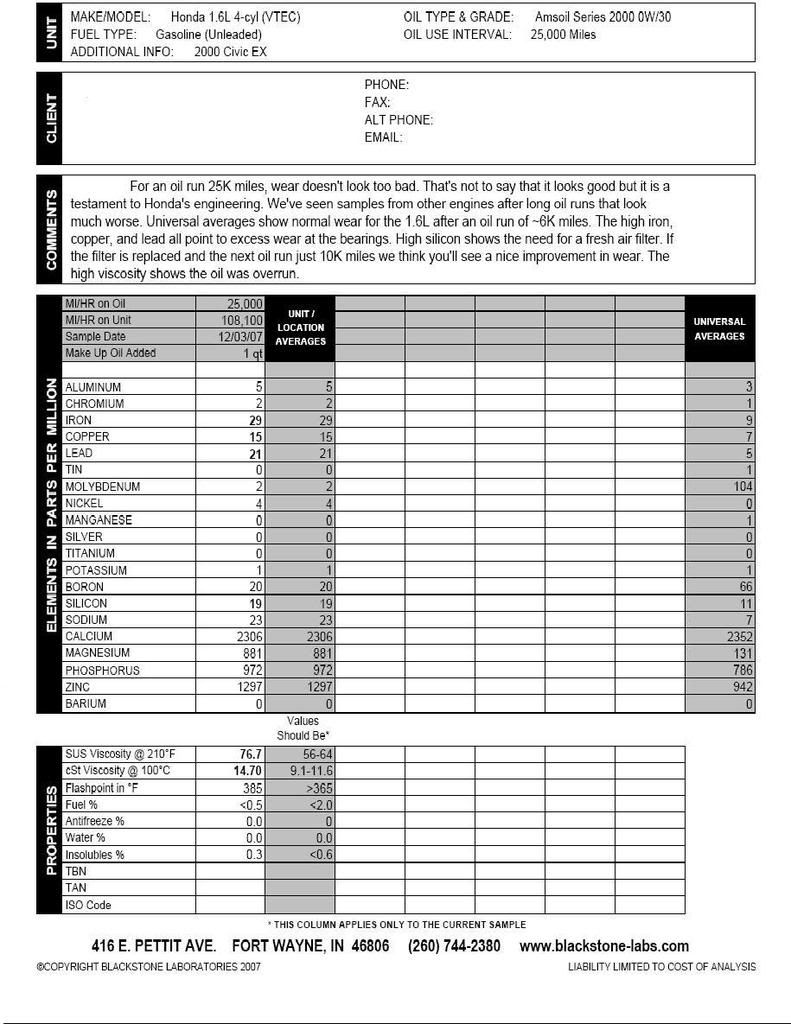Results 81 to 90 of 3899
-
April 11th, 2011 10:36 PM #81
Here's something you might get a kick out of and no it's not a joke they work extreamly well at filtering down even to 1 micron or less.
http://www.frantzoil.com/TOILETPAPER.html
http://www.cumminsforum.com/articles...ter/Page1.html
http://www.cumminsforum.com/forum/ge...-filter-2.html
Crazy thing is they work better than any filter on the market as a bypass filter.
-
 Verified Tsikot Member
Verified Tsikot Member

- Join Date
- Jan 2011
- Posts
- 123
-
April 12th, 2011 07:03 AM #83
Already driven one, My wife's family has several up in Isabela on there farm as well a some really big tractors.
-
 Tsikoteer
Tsikoteer

- Join Date
- Nov 2009
- Posts
- 3,503
April 12th, 2011 07:57 AM #84This is getting ot
 from filters to oils then fleetfuard hater..lolz
from filters to oils then fleetfuard hater..lolz
BTW sir dvldoc, whats your take on my previous querry? What's the best bypass-valve setting, oem, higher, or lower? Does this really affect engine wear using fleetguard vs oem filter??
-
April 12th, 2011 08:25 AM #85
I think some people get the bypass valve mixed up with bypass filters, The bypass valve setting is only there as a safety device.
When differential pressure across the oil filter element exceeds a predetermined value say 10psi the bypass valve opens so oil can continue to flow to the engine, but when the bypass valve is open no filtration occurs but oil still flows. The bypass valve has zero to do with your oil pressure but the internal pressure in the filter when it's trying to flow. It really is for just two things, cold weather starting when the oil is thick and will not flow through the filter element well or if your filter is so dirty it can no longer filter. That's pretty much all it does.
So if your filter has a bypass setting of 10 psi I and your making 20psi of oil pressure your valve is not open and zero filtration is happening. Your perfectly fine going up or down 10psi on the bypass setting, Lower is normally better especially in cold climates which none of you need to worry about even in Baguio it does not get cold enough to really effect anything. We see sub zero temperatures in the states that's when it comes in to play.
Hope that clears it up for you.
-
April 12th, 2011 08:52 AM #86
*dagol
Let's clear up engine oil sludge, there are specific things that cause this to occur.
There are several ways for sludge to form in your engine. Water gets into the crankcase through condensation and blowby from the combustion chambers. Water mixed with oil takes on the consistency of thick, pus-colored foam. You'll know it if you see it.
Fortunately, small quantities of water evaporate from the crankcase as the engine warms up and the oil temperature gets above 212 degrees, which it does after a few minutes on a freeway. However, if you only drive short trips, your crankcase never gets hot enough to evaporate any accumulated water, and in such an engine, sludge formation seems certain in its future.
Sludge can also form if the oil gets too hot. At temperatures above 250 degrees, nonsynthetic oil starts to oxidize. Such oxidation thickens the oil and produces acidic byproducts. The process accelerates when the oil temperature hits 300 degrees, and the result is something more akin to tar than oil.
The final cause of sludge is simply the passage of time. Tiny particles of soot get by the piston rings and end up suspended in the oil. So do various acids formed by the products of combustion. Oil contains additives designed to neutralize these contaminants, but eventually, enough of this foul stuff builds up to compromise oil's lubricating qualities. Manufacturers conduct tests to determine this contamination and specify oil-change intervals accordingly. And therein seems to lie the cause of the sludge problems.
Most new oils are designed to help keep the soot particles suspended in the oil in larger particles so they are caught by your filter. This is why just having good oil alone without good filtration is totally useless.
Contamination of lubricating oil by diesel soot is one of the major causes of increased engine wear, especially with most engine manufacturers opting for Exhaust Gas Recirculation (EGR) technology to curb oxides of nitrogen (NO,.) emissions. The diesel soot interacts with engine oil and ultimately leads to wear of engine parts. It's know as soot loading. The soot also raises combustion temps which raises engine oil temps which wears out your oil faster.
How clean do you think his oil is when you have intakes looking like this, and most don't know because they never check.
This is a Nissan Patrol, how many soot particles do you think sneak past the oil rings and into the oil. Remember if your filter is not efficient like a VIC then your just liquid sandpapering your internals.

Filtration matters just as much as the quality of oil you use for longer engine life you can't have one without the other to have maximum benefits.
Oil catch can is one of the best investments you can make on any vehicle, the recirculation of crankcase dirty oil laden air is one of the worst things for your car or truck. Even a cheap 100P inline fuel filter place in the tube to the PVC valve or connector on a diesel will keep almost all of that from being pushed back through your intake and increasing how much soot goes back into your combustion chambers.
-
 Tsikoteer
Tsikoteer

- Join Date
- Nov 2009
- Posts
- 3,503
April 12th, 2011 09:24 AM #87Im doing a guesswork because im in the market for my replacement filter.
Im thinking that if i will use the lower BPValve setting, valve will open more often during high RPM causing more unfiltered moments. I just cant say how accurate that is because i donk now the pressure happening inside the filter, but im basing my assumption to the OEM BPV setting. Anyway thanks for clearing up things
-
April 12th, 2011 09:37 AM #88
Like I said the bypass valve is only a safety device your filter is a full flow filter which means it filters 100% off the oil, The bypass valve will only come into play if your filter was clogged and then it would bypass filtration and just circulate the oil.
This is the basic flow of a oil filter. The small holes on the outside are the in, the center is the out. The bypass valve is on the top, if the filter get's clogged it pushes down on the filter element and blocks off the in so basically what's in your pan is what is circulating. A lower value BPV setting just means it will protect you from a clog sooner or a oil pressure spike due to lack of flow in the filter. Being a tropical climate unless you neglect the heck out of your oil changes it should never clog.

-
April 12th, 2011 10:56 AM #89
2 things for our common sense;
a.) good quality oil (multigrade or semi-syn) + good quality oil fliter (OEM, Bosch, Vic) = very good protection, long engine life (above 300,000 kms)
b.) good quality oil + an even better oil filter = an even better protection and longer engine life
*dvldoc = much better if you can post the micron filtering capacity of each oil filter (based on verifiable lab test) you can get your hands on so that we can see what can filter the best. It would benefit tsikoteers more.
It is worth noting that there are other things to consider in wear and tear of engines. How often do you crank the rig from a cold start. Meaning at least 2 hours being unused. Afterall, mostmanufacturers agree that it is during start-up that wear and tear is mostly occuring, not when oil is already circulating. This is part of the criteria, among others, to consider when categorizing the use of the car as normal or severe.
Fasten your seatbelt! Or else...
This is part of the criteria, among others, to consider when categorizing the use of the car as normal or severe.
Fasten your seatbelt! Or else... Driven To Thrill!
Driven To Thrill!
-
April 12th, 2011 11:41 AM #90




 Reply With Quote
Reply With Quote









As expected, in response to Tesla’s entry into the Philippines market, Ford will be bringing in the...
Tesla Philippines